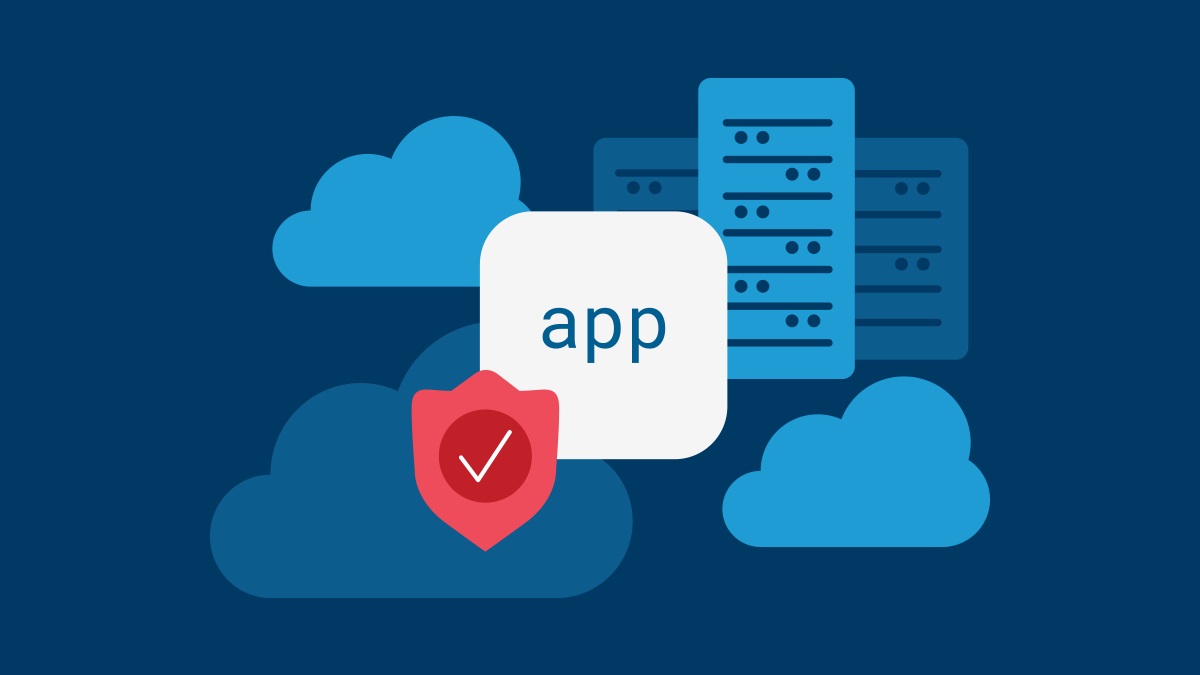Lori MacVitte, a Distinguished Engineer at F5, highlights the necessity of protecting digital assets comprehensively against ever-evolving cybersecurity threats and not treating apps differently than APIs.

Pop quiz time. Which of these endpoints belongs to an API, and which one belongs to an app?
https://www.example.com/product
https://www.example.com/product
If you’re confused and can’t decide, that’s okay. That’s the point. App and API endpoints look pretty much the same. That’s because in technical terms if they’re RESTful (and most are) they are invoked in the same way, via HTTPS and usually with a GET method. What’s often different is the payload sent with the request. For APIs that typically contains some data in a JSON or XML format while web app requests may contain, well, nothing.
Still, one of the key findings from F5’s annual State of Application Strategy report implies that organizations treat APIs as different from applications when it comes to security. We infer this based on the finding that 41% of organizations have at least the same or greater number of APIs than they do applications and yet place a lesser value on the same security services that protect them.
You might wonder how organizations would end up with more APIs than apps. Thanks for asking! While APIs used for internal, service-to-service communication (a la microservices) are certainly tightly coupled to the service they support, this is not necessarily true when APIs are used to present external interfaces.
Where do APIs come from?
Consider that in our 2021 research, 61% of respondents told us they were “adding a layer of APIs to enable modern user interfaces” as a method of modernization. In 2022 that number was 45%. What that means is the APIs enabling modern user interfaces are not necessarily artifacts directly attached to applications. They might be façades that facilitate modern user interfaces and applications, like mobile apps and digital services, or they might be façades designed to enable partner and supply chain communications. These use cases are supported by API Gateways and layer 7 routing in load balancers, which often provide some level of transformation capabilities that allow them to translate from API endpoint to app endpoint, thus enabling an API façade like those that make old American west buildings appear much more impressive than they are.
And of course, a goodly number of APIs are public-facing entities attached to apps and accessed via the web (typically HTTPS).
Regardless of how they got there, public-facing APIs are subject to many of the same attacks as applications. This is especially true when bots are involved, as APIs with good documentation simply make it easy for attackers to script attacks at scale.
For example, just over 13% of transactions protected by F5 Distributed Cloud Bot Defense in 2023 were automated. That is, a script or software was used instead of a human using a web browser or mobile app. Those transactions occur via both APIs and apps. Some percentage of those automated transactions were certainly “bad bots” that the presence of our security service prevented from doing whatever bad thing they were trying to do. (You can dig deeper into what they were trying to do in this F5 Labs report)
So, when we looked at how respondents perceive bot management based on their self-reported number of APIs, we were somewhat shocked to discover that bot management is pretty low on the importance scale.
While the importance placed on API Gateways appears to be appropriate to the number of APIs under management, the same is not true for bot management. In fact, it’s completely the opposite! As the number of APIs grows, the importance of bot management appears to decline rapidly.
It could certainly be the case that the bulk of those APIs are internal. That is, they are east-west APIs between microservices that are not exposed to external actors that might be bad bots with malicious intent.
But then again, they might be. Given the number of articles I’ve read in the past year about attackers gaining access via APIs, I’m going to guess there are a lot more external than we think.
So, it’s time to remind folk that while there are a number of annoying bots out there—grinch bots, sneaker bots, etc.—that disrupt business by gobbling up high-demand goods, there are also a significant number of bots whose only purpose it is to sniff out vulnerabilities and attack them. In both APIs and applications.
Thus, it would be a good idea for organizations to employ a full range of security options to protect their APIs and ultimately, their business. Bot management is certainly one of those security options and should be considered a critical component of any security strategy.
At the end of the day, the bots don’t care whether that endpoint belongs to an app or an API. They’re going to attack both.
Which means organizations need to be protecting both apps and APIs by detecting bots and preventing them from doing whatever bad thing they’re trying to do.











